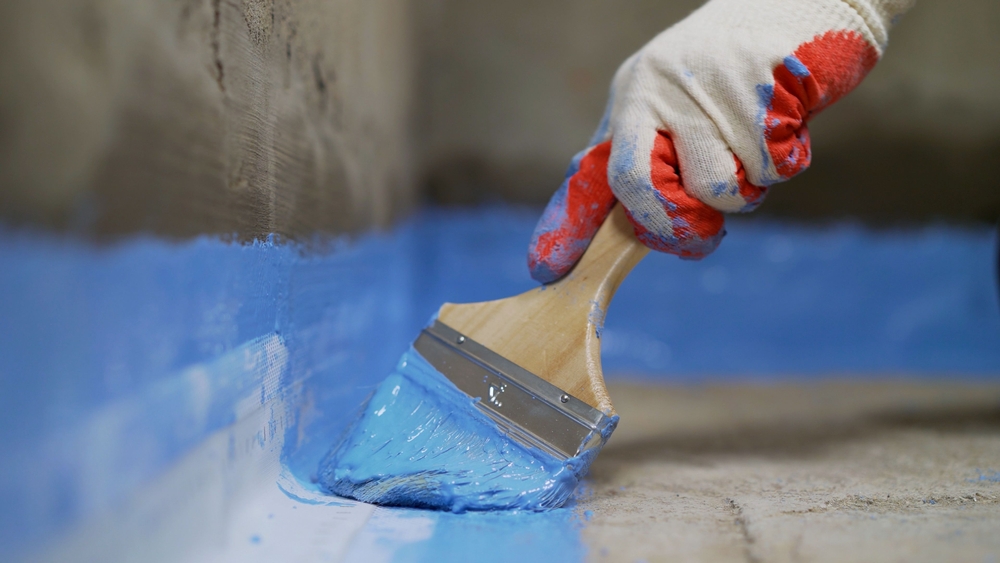When it comes to your home, you want to ensure its able to keep you and your family safe by being able to withstand disaster, especially if you’re in a bushfire prone area (BPA).
Bushfire attack levels (BAL) are a measure of risk of a building’s exposure to ember attack, radiant heat and direct flame contact. The BAL rating determines the construction and building requirements necessary to protect homes in bushfire prone areas. All buildings in BPAs must comply with their site’s bushfire attack level rating. The rating will dictate aspects of the build such as home design, construction method and the materials used in the construction.
Bushfire attack levels (BAL) rate levels of exposure from very low risk to extreme risk. Each BAL will have minimum requirements to help reduce the risk of ember attack and radiant heat exposure to your home.
What Can You Do to Help Protect Your Home?
There are many things homeowners can do to protect their home from fire. As with anything, options can range anywhere from low cost to high cost.
Sealing Gaps
Gaps between cladding and eaves as well as doors and windows should be sealed to prevent embers from lodging between gaps, causing the building to catch fire. Sealing gaps is an effective defence against burning embers.
External Walls and Roofing
Installing sarking (a reflective non-combustible membrane) behind external wall cladding and beneath roofing will help reduce the risk of embers and radiant heat exposure.
Openings
When BAL ratings are high, any openings that penetrate through the walls or roof such as vents, extractor fans and downpipes should all be made from metal rather than PVC which ensures they are more heat resistant. These openings should also be sealed on the external surface with corrosion resistant steel, bronze or aluminium mesh.
Windows, Shutters and Doors
Glass openings such as windows and doors can break during a bushfire as a result of flying debris and heat. Thicker, toughened glass or laminated glass should be used along with frames made from materials that suit the criteria of the relevant BAL rating. Tight fitting shutters can also be installed to help protect windows during bushfires.
Installing wire mesh screens (not aluminium) with 1.5-millimetre holes over both the window and frame can prevent embers touching the glass or timber. This can also be an effective method for reflecting radiant heat.
Replacing external doors with non-combustible or solid timber doors with a minimum thickness of 35mm will also help reduce radiant heat exposure.
Decks and Under Floors
If your home has a subfloor structure, if possible, replace it with non-combustible materials.
Decks should also be made from non-combustible materials or bushfire-resistant timber depending on your home’s BAL rating.
If the deck is built with combustible material, non-combustible material should be placed between the deck and the house. This will reduce the possibility of the fire spreading between the deck and the house.
Water Sources
In many bushfire prone areas, fire authorities require residences to have a rainwater tank installed specifically for firefighters to access in case of bushfire. Firefighting water tanks must be above ground with compatible CFA fittings for firefighting purposes and made from non-combustible materials. It is also recommended that homes have a bushfire sprinkler system.
There are many things you can do to safeguard your home from fire and many factors will determine what you can do and at what cost.
If you would like to learn more about how you can upgrade your home to meet BAL requirements, contact the experienced team at Lateral Building Design.





